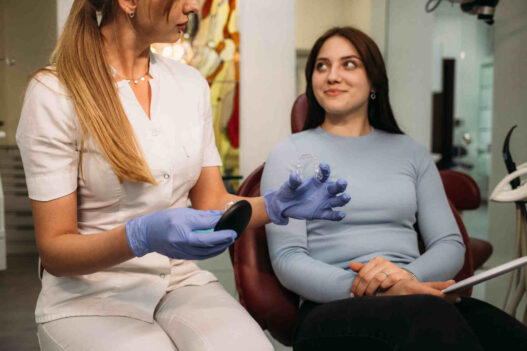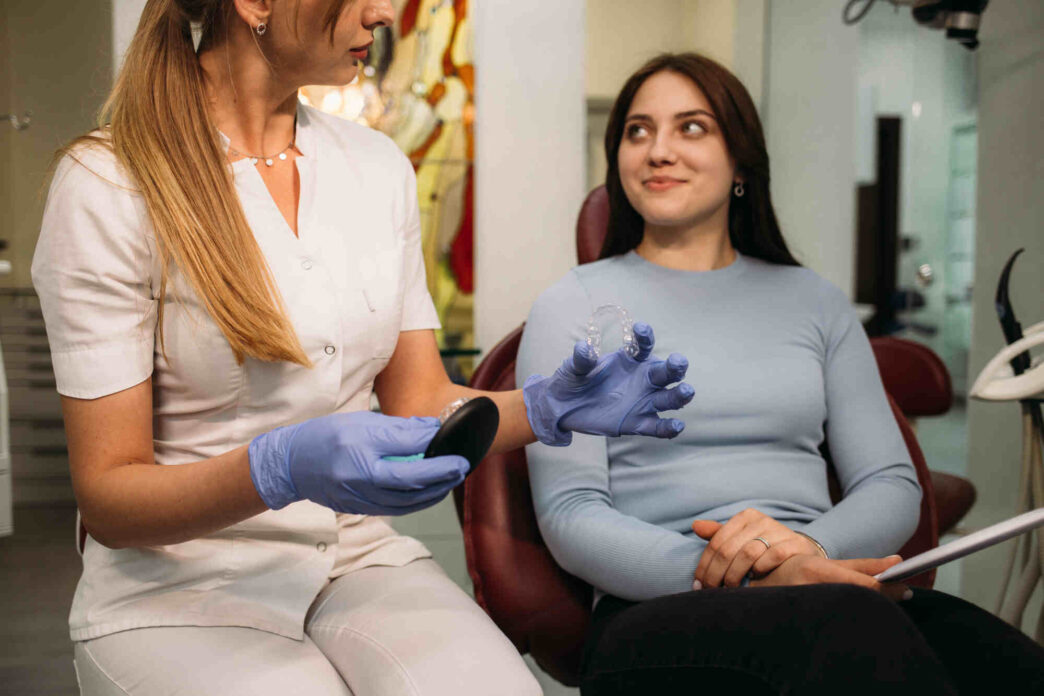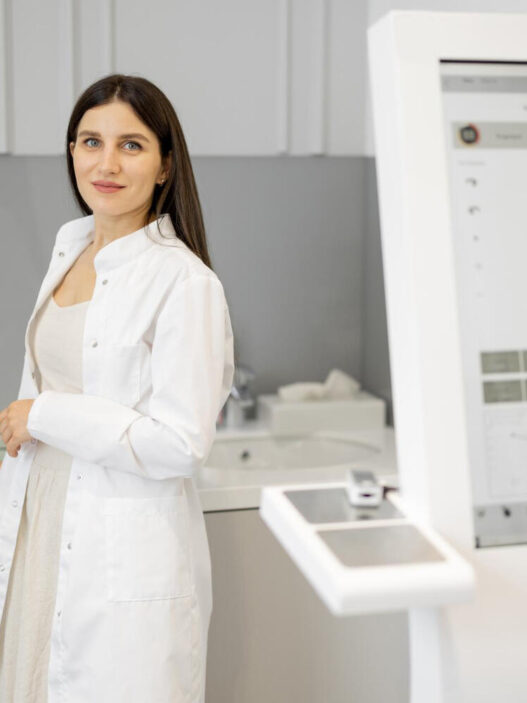Platelet-rich plasma (PRP) therapy is gaining popularity in the medical field for its remarkable healing properties. But what exactly is PRP, and how does it work? In this article, we’ll delve into the science behind PRP therapy, exploring how platelets play a crucial role in the body’s healing process.
What’s in PRP?
PRP is a concentrated solution derived from your own blood, containing a high density of platelets and growth factors. These components are essential for initiating and promoting the healing of injured tissues. Platelets, often associated with blood clotting, actually have a much broader role in the body—they contain proteins and growth factors that stimulate cell growth, tissue repair, and collagen production.
How PRP Works
When PRP is injected into an injured area, it kickstarts the body’s natural repair mechanisms. The platelets in PRP release growth factors that attract stem cells to the site of injury. These stem cells then multiply and differentiate, helping to rebuild damaged tissues such as muscles, tendons, or skin. Additionally, PRP helps regulate inflammation, preventing excessive swelling and pain while promoting a balanced healing response.
- Platelets in PRP release growth factors such as platelet-derived growth factor (PDGF), transforming growth factor-beta (TGF-β), and vascular endothelial growth factor (VEGF).
- Growth factors stimulate local cells to proliferate, enhancing tissue regeneration and repair.
- The attraction of stem cells to the injury site is mediated by chemotactic signals released by platelets and other cells in the vicinity.
- Stem cells have the remarkable ability to differentiate into specialized cell types, including muscle cells, tendon cells, and skin cells, depending on the tissue’s needs.
- The differentiation of stem cells ensures that new tissue formed closely resembles the original tissue in structure and function.
- PRP’s anti-inflammatory properties are attributed to factors like interleukin-1 receptor antagonist (IL-1ra) and interleukin-4 (IL-4), which help modulate the inflammatory response.
- By controlling inflammation, PRP promotes a conducive environment for tissue repair, reducing discomfort and facilitating a smoother healing process.
Fixing Up Tissues
One of the key functions of PRP is its ability to facilitate tissue regeneration. By promoting collagen production, PRP contributes to the structural integrity and strength of tissues, particularly in skin rejuvenation and wound healing. Whether it’s treating muscle injuries, enhancing skin texture, or aiding in dental surgeries, PRP therapy offers versatile solutions for various medical conditions.
- Collagen is a protein that provides structural support to tissues, including skin, tendons, ligaments, and bones.
- PRP stimulates fibroblasts, specialized cells responsible for collagen synthesis, leading to increased collagen production.
- Enhanced collagen production improves tissue strength and elasticity, promoting better wound healing and tissue regeneration.
- In skin rejuvenation, PRP injections can improve skin texture, reduce fine lines and wrinkles, and enhance overall skin tone and elasticity.
- PRP’s role in dental surgeries includes promoting bone regeneration, facilitating faster healing after procedures like dental implant placement or bone grafting.
- PRP has been used in orthopedic surgeries to augment tendon and ligament repair, promoting better outcomes and faster recovery.
- PRP injections are also being explored for their potential in treating osteoarthritis by promoting cartilage regeneration and reducing pain and inflammation.
Is PRP Safe and Effective?
PRP therapy is considered safe because it harnesses the body’s own resources for healing. Since PRP is derived from your own blood, there’s minimal risk of allergic reactions or adverse effects. Moreover, numerous studies have demonstrated the effectiveness of PRP in accelerating healing and improving outcomes for a wide range of conditions, from sports injuries to chronic wounds. To delve deeper into the healing stages of PRP therapy, visit Selphyl.
Real-World Applications
The applications of PRP therapy are vast and diverse. Athletes benefit from PRP injections to speed up recovery from muscle and joint injuries, while individuals seeking skin rejuvenation can opt for PRP facials to enhance collagen production and reduce signs of aging. Furthermore, PRP is utilized in dental surgeries, orthopedic procedures, and even in the treatment of hair loss, showcasing its versatility and effectiveness across various medical disciplines.
- PRP injections are commonly used in sports medicine to treat conditions such as tendonitis, ligament injuries, and muscle strains, helping athletes return to their sport more quickly.
- In orthopedic procedures, PRP is often used to promote tissue repair and regeneration following surgeries such as rotator cuff repairs, ACL reconstructions, and meniscus repairs.
- Dental surgeons utilize PRP to accelerate healing and reduce complications after procedures like tooth extractions, bone grafting, and implant placements.
- PRP has shown promising results in the treatment of hair loss by stimulating hair follicles, promoting hair growth, and improving hair density and thickness.
- Additionally, PRP has been explored in the field of aesthetic medicine for procedures like facial rejuvenation, scar revision, and breast augmentation, highlighting its potential for cosmetic enhancements.
- The versatility of PRP therapy extends beyond traditional medical disciplines, with emerging applications in veterinary medicine for the treatment of musculoskeletal injuries and wound healing in animals.
In conclusion, PRP therapy offers a natural and effective approach to healing, harnessing the power of platelets to accelerate tissue repair and regeneration. By understanding the science behind PRP and its mechanisms of action, individuals can make informed decisions about their health and explore the potential benefits of this innovative treatment option. As research continues to uncover new applications and refine techniques, PRP therapy holds promise for improving outcomes and enhancing quality of life for patients worldwide.
Disclosure – This is a sponsored post. The views expressed are of the sponsor/author/third party and not of Healthieyoo’s editorial team. We disclaim any and all liability to any party, person, company, or product for any direct, indirect, implied, punitive, special, incidental, or consequential damages arising either directly or indirectly due to the use of content published in this article. The publishers of this website take no responsibility for any health issues, personal injury, death, disability, or any other harm due to the content on our website or any advice or opinion expressed on our website. Please consult your healthcare professional before making any decision related to your health. Please also read our medical disclaimer”.











